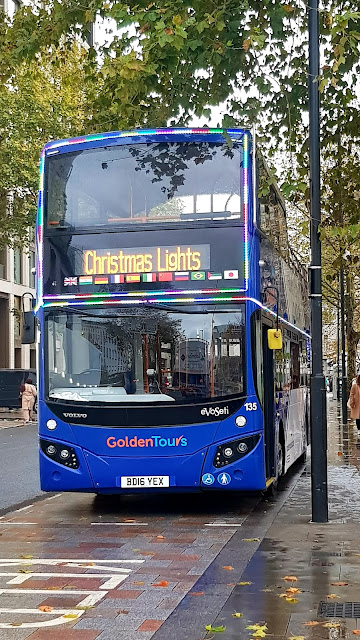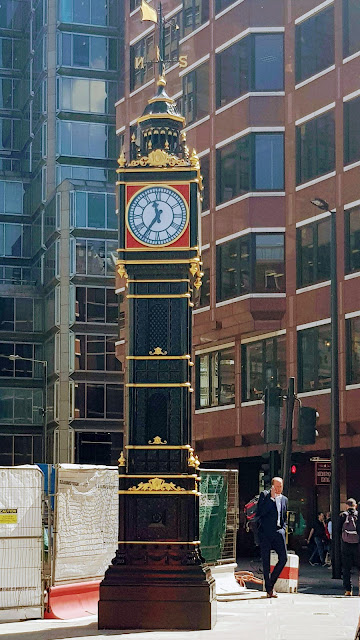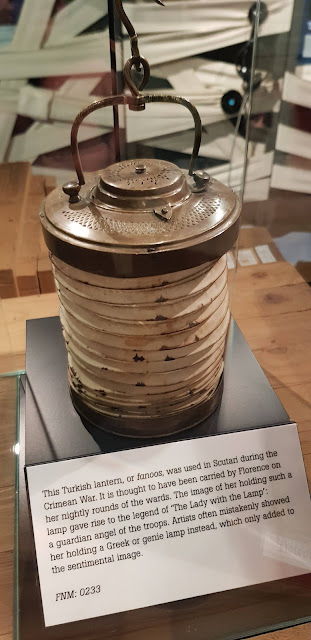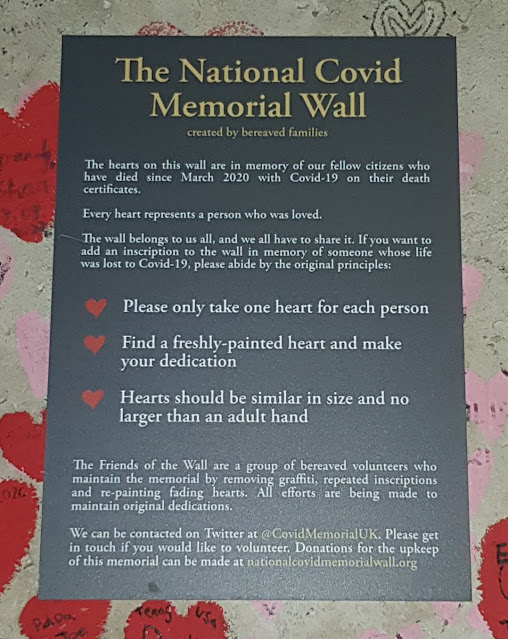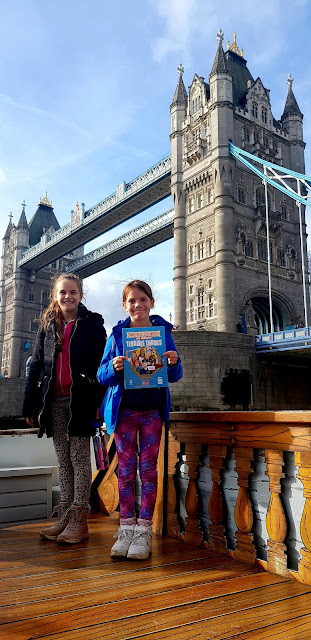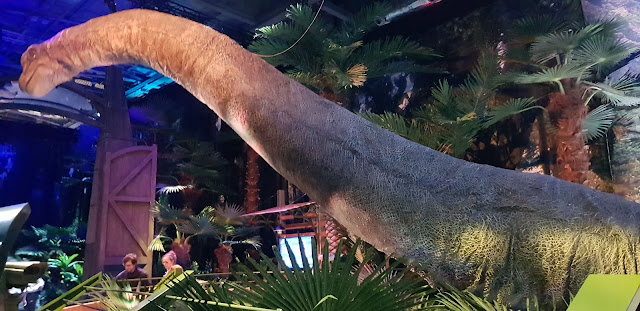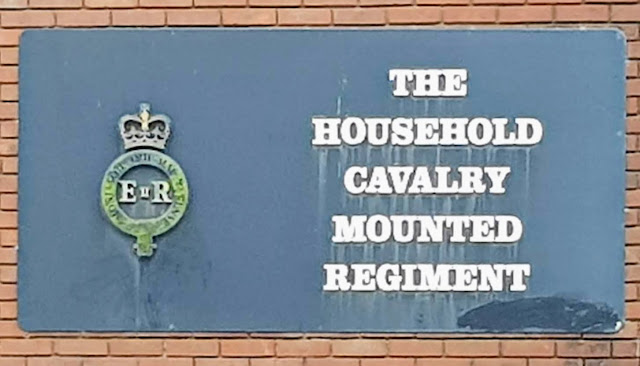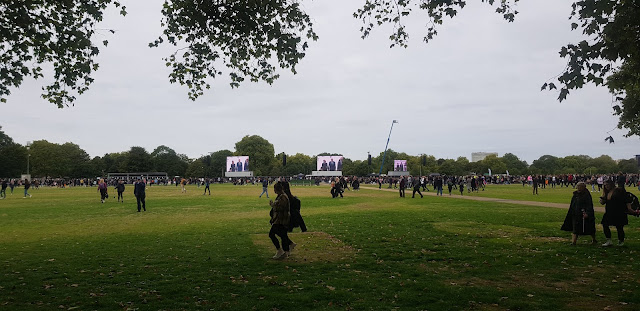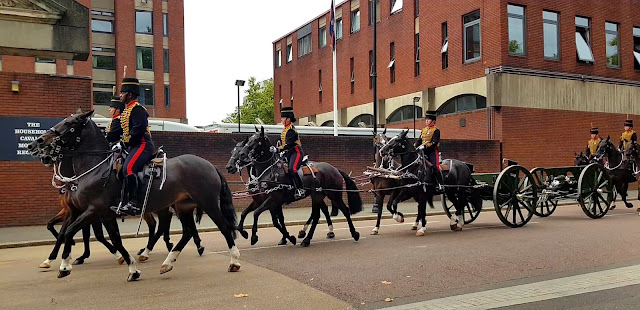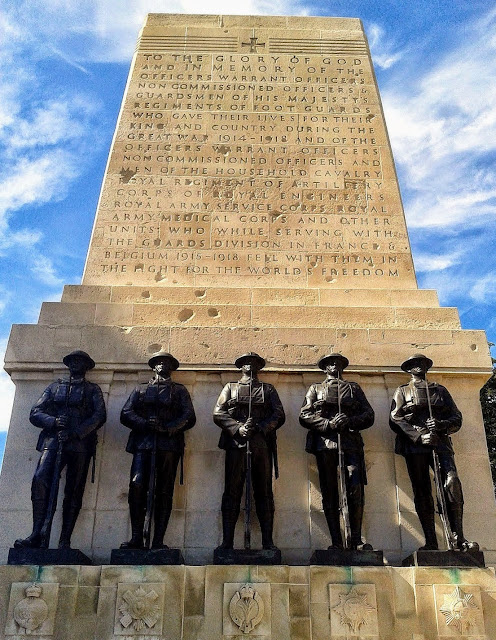 |
| Lest We Forget. |
I sit beside a fallen tree, looking across my field that has been transformed, these past years. My once lush, emerald pasture has been replaced with a patchwork of myriad browns. My once proud trees lie twisted and broken, like so much mangled machinery, spread without any thought or care.
Diffused sunlight causes the timber frames and mangled steel of rotting machines, to appear to dance before me, like ghostly silhouettes on the uneven ground.
Water, which fills the pits and troughs, reflects the dull, colourless sky, adding to my sombre mood. My heart feels heavy. Nothing moves. Nothing lives.
But, suddenly, there is clarity. The droplets from the fine rain, acting like a lens, focus my attention. Among the detritus, at the edge of the field, is there movement? Do my eyes deceive? I resist blinking, trying to focus on the apparition before me. Finally, I blink and the form takes shape. The shape of a man. A man who is staring at me, as though he can see into my soul.
My body aches as I rise to my feet. I feel the figure watching me, as I make my way into the field, if it can still be called that.
My progress is hindered by the thick mud, which sucks at my boots, threatening to pull me down into the bowels of the Earth. The figure before me turns, heading toward the centre of the quagmire, seeming to float across the surface. My breath becomes laboured, as my ageing body fights to keep me moving forward. As we get closer to the centre, the figure seems to undulate in-and-out of focus. A wave of nausea sweeps through me as the figure turns and holds my gaze. Tears fill his eyes as he dips his head. With a last great effort I step forward, throwing my arms around him, but he disappears and I topple into the mud.
The sun, which has finally won its battle with the clouds, breaks through and warms the ground around me. And as I fight my way up and out of the decaying ground, I notice a splash of colour. As my eyes try to focus and my mind works to make sense of everything, exactly where the figure had stood, is a flower, swaying in the gentle breeze.
The sun illuminates the thin wisp-like stalk, topped with blood-red petals. Somehow, against all the odds, surviving in the mud and detriment... a poppy.




